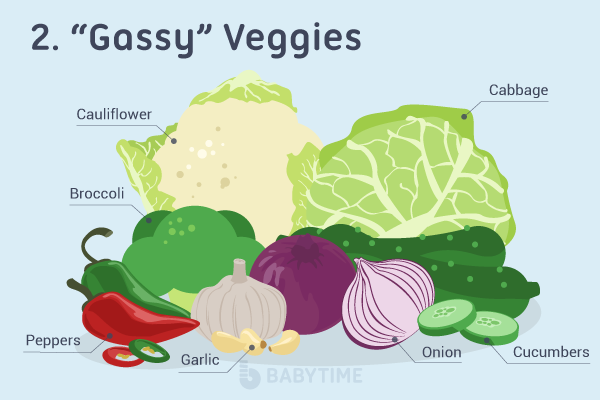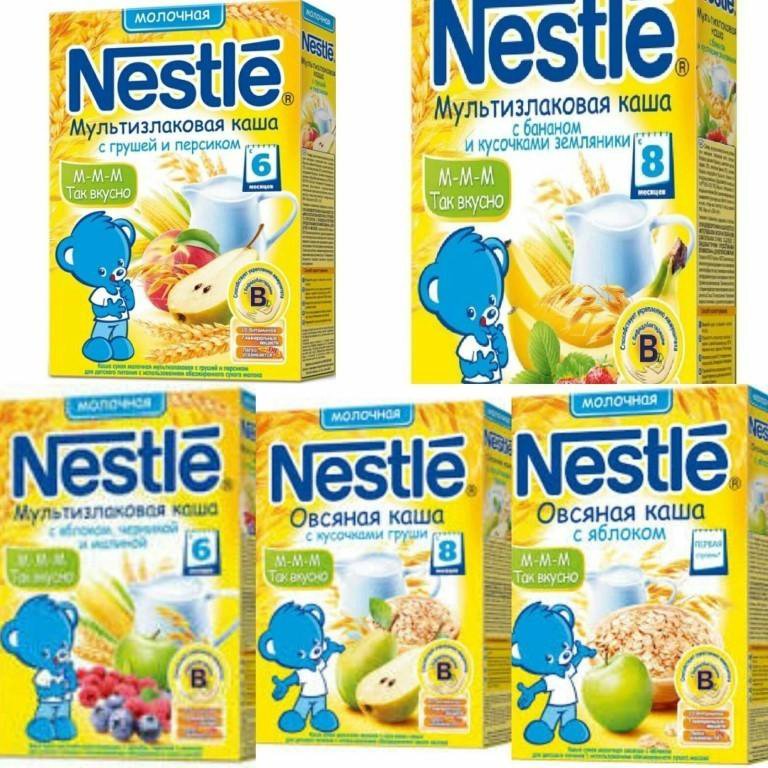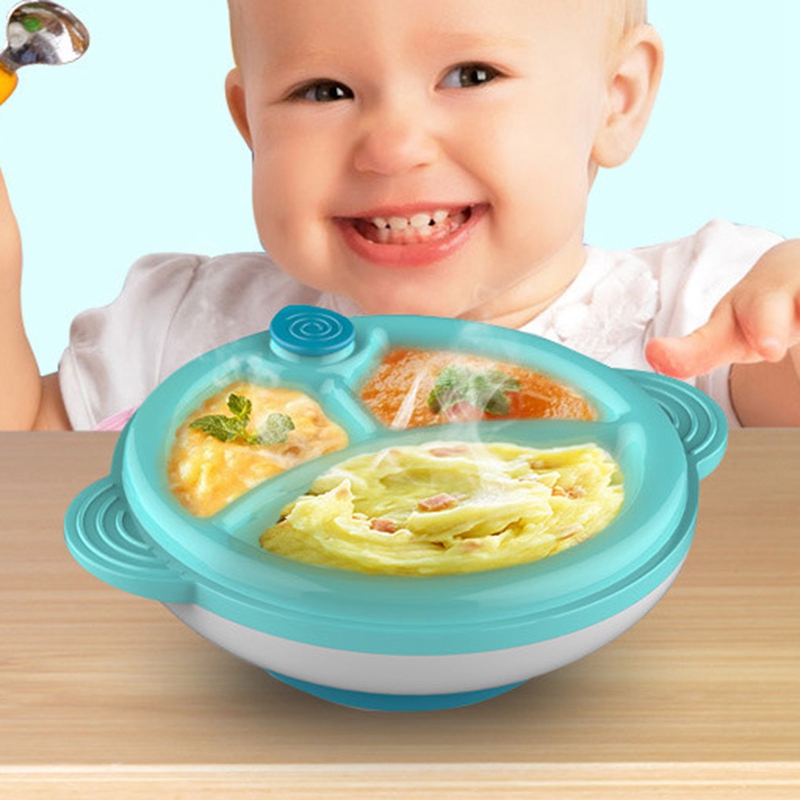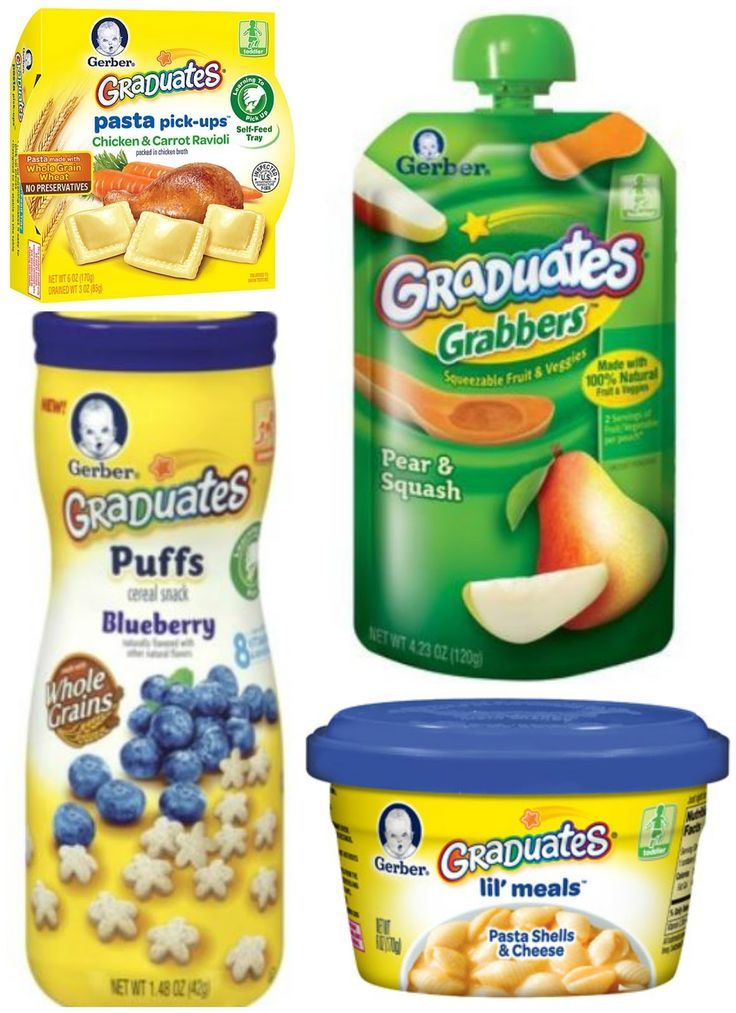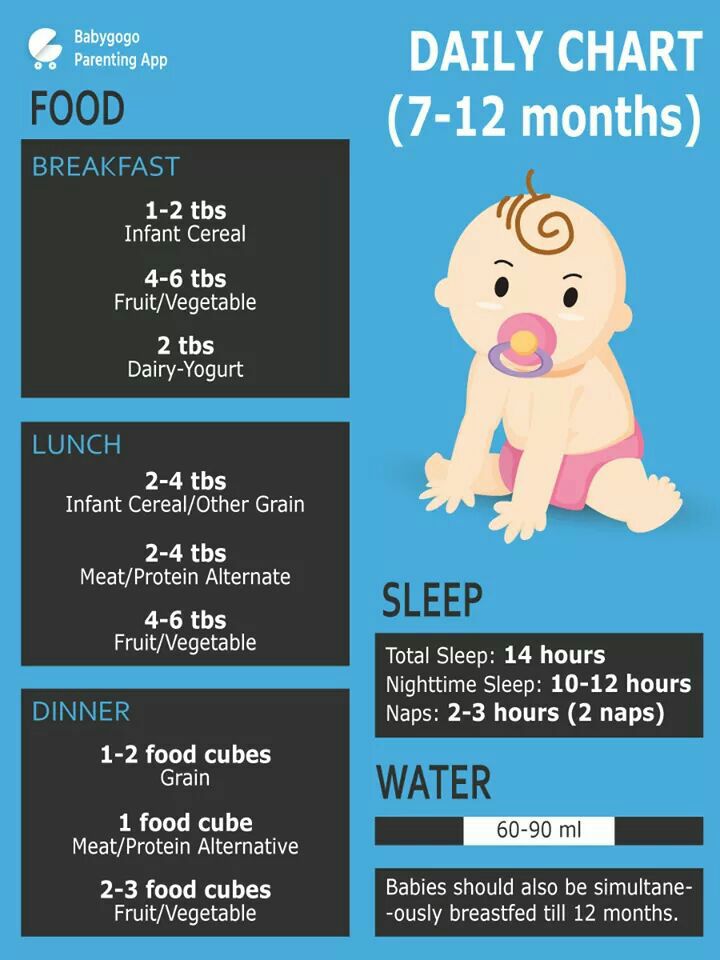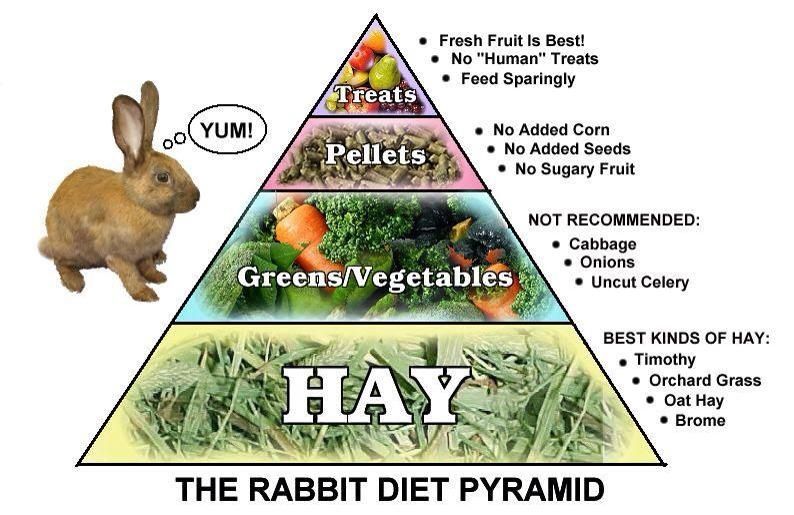Baby food protein recipes
Protein for Babies (Protein in Purees - Stage 2 + 3)
Posted by Erica Winn
This Post May Contain Affiliate Links
Jump to RecipeBabies need protein! Protein and fat are the building blocks for growing and developing brains and bodies. Let’s talk about how to add protein to your stage 2 and 3 purees!
Why do babies need protein
Protein is a building block. It’s critical for the growth and repair functions of the body. Just think about how fast babies grow and double their size. Adequate protein is needed to support this rapid growth.
Dani, one of the nutrition consultants on our expert team, has almost a decade of experience working directly with mamas and babies. Here’s what she has to say about the importance of protein.
“After 9 years of practice, and 5 spent in a pediatric clinic, I am convinced without question protein is the single most important nutrient not only for proper growth, but also for laying the foundation of the childhood brain. When you follow lab work, watch their growth charts and witness their rapid development during the first year of life, you can not help but see the key role protein plays. You can also clearly see the detriment when it is deficient. Babies are dependent on protein in more ways than we even know.”
What protein is good for babies
High quality animal protein provides the most complete nutrition for babies. My favorite proteins for babies are below.
- Grass-fed ground beef or beef roast
- Pasture raised chicken – organic chicken if you can’t find pasture raised
- Organic ground turkey
- Wild caught salmon
When to add protein to purees
Once your baby has begun to acclimate to simple purees, like my basic Butternut Squash Puree, you can start to add in protein. This is typically sometime between your baby turning 6-7 months if you start solids at 6 months. Wondering how to know if your baby is ready to start solids? Check out our free guide – Ready for Solids? You can find the sign up form on our homepage or in the side bar to the right on this page.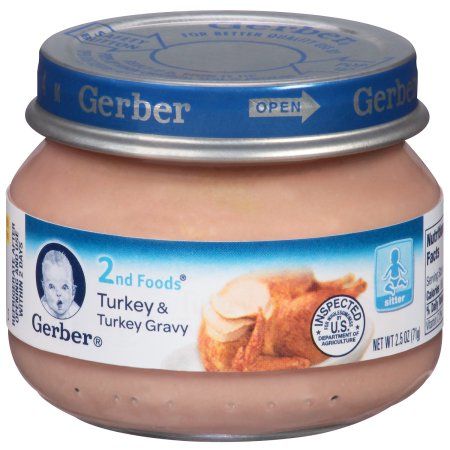
How much protein do babies need
The rule of thumb you’ll read is that babies need 1 gram of protein per kilogram of body weight. How does this translate to an average sized baby?
Well, the average 6 month old baby is about 16 to 17-1/2 pounds, or about 7-8 kilograms. Therefore, at six months old, the average baby would need 7-8 grams of protein per day.
And by 12 months, the average baby would be 20-21 pounds, or about 9-10 kilograms, and require about 9-10 grams of protein per day.
How to add protein to puree baby food
I love making baby food in a slow cooker or Instant Pot. If you’re looking for my favorite first foods for babies – check out my Homemade Bone Broth and my Butternut Squash Puree.
Slow cooking proteins is a really great way to make the healthiest, most nutrient dense protein for your little ones. And Instant Pot cooking is great for saving a little time. Here are the simple steps for making purees with protein using a slow cooker or Instant Pot.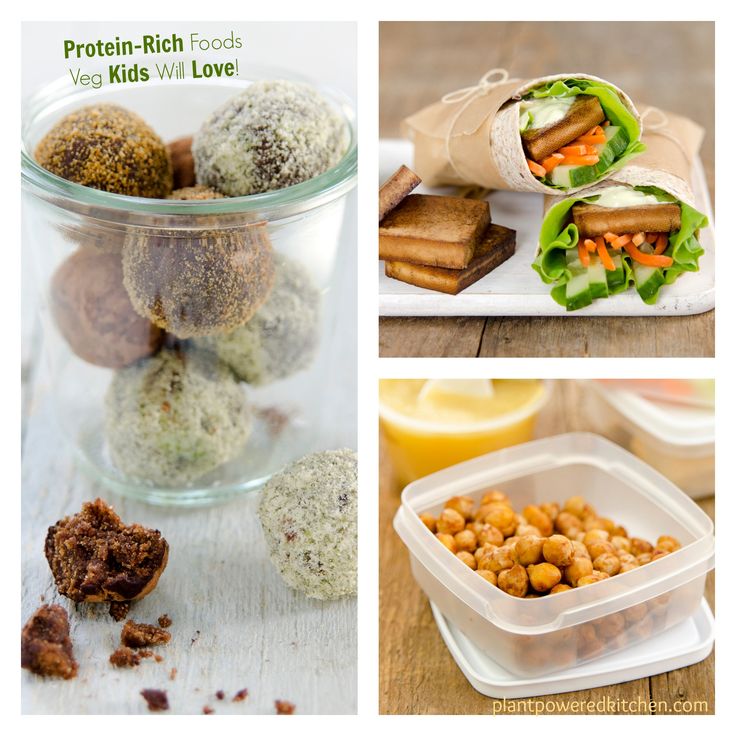
- Place all of the ingredients (protein, bone broth and veggies) in your slow cooker or Instant Pot.
- In the slow cooker cook for about 4-6 hours.
- In the Instant Pot cook for 20 minutes.
- Transfer to a high powered blender, like a Blendtec, and puree to your desired consistency.
- You can also use a food processor or immersion blender; they just don’t get the protein quite as smooth, which can be a game changer for helping your littles to enjoy their purees and develop their palate.
Stage 2 + 3 purees with protein for babies
When adding protein to your purees, at first you’ll continue to make them smooth and creamy. And then, as your little adjusts to the change you’ll start to make your purees a little thicker. To make your purees thicker and more textured, start by using less bone broth. Here are the starting points I’d use.
- Stage 2 – start with 1-1/2 cups of bone broth when you cook the ingredients in your slow cooker or Instant Pot.

- Stage 3 – start with 1 cup of bone broth.
You can always add more bone broth in as you puree everything to get it to your desired consistency.
How to store purees
When we were in the pureeing stage, I liked to keep a small amount in the fridge to be used up over the next 3-4 days. And then I would freeze the rest in these silicone molds.
Once they are frozen, pop them out of the molds and put them in a freezer storage bag to create a freezer stash of baby food. Over time, you will have a stash to pull from and won’t feel like you have to make fresh purees all of the time!
Make sure to label the freezer bag with the date you made the puree and the ingredients, so you can quickly know what you’re grabbing at a later date.
You can store your purees in the freezer for 3-6 months.
Still have questions about introducing solids
When introducing solids, you want to focus on the digestive system and nutrient dense food. Our course Starting Solids: A Gentle Approach to Introducing Real Food is a comprehensive step-by-step guide to starting solids in a gut friendly way that supports long-term health and immunity and a positive relationship with food.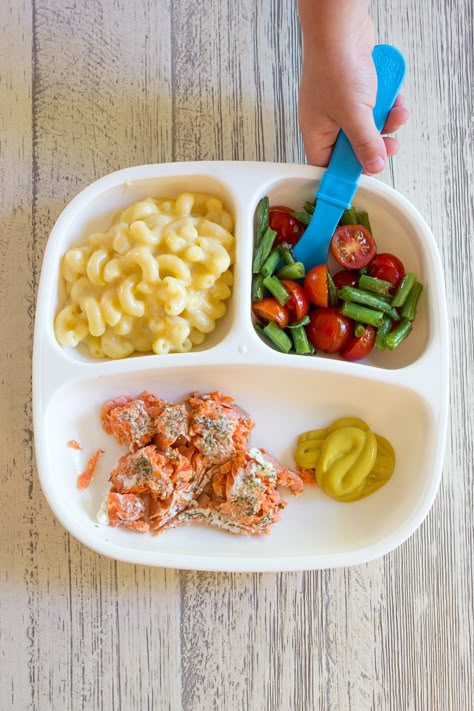
We help you feel confident that you’re nourishing your baby with nutrient dense food they can actually digest. And we help you troubleshoot digestive issues that may arise as you transition your baby to solid foods.
Your turn to start adding protein to your baby’s purees
It’s easy and budget friendly to make your baby’s first foods. I like to start simple and then add in protein! Leave a comment and rating below to let us know how it goes. We’d love to see your little enjoying their first solids, too!
Tag us in your posts on Instagram @healthy.little.bellies and give us a follow if you don’t already. We’d love to stay connected!
Butternut Squash and Salmon Puree (Stage 2 + 3)
Course: Main Course
Cuisine: American
Diet: Gluten Free
Prep Time: 10 minutes
Cook Time: 40 minutes
Total Time: 50 minutes
Servings: 8
Author: Erica Winn
Protein and fat are the building blocks for growing and developing brains and bodies.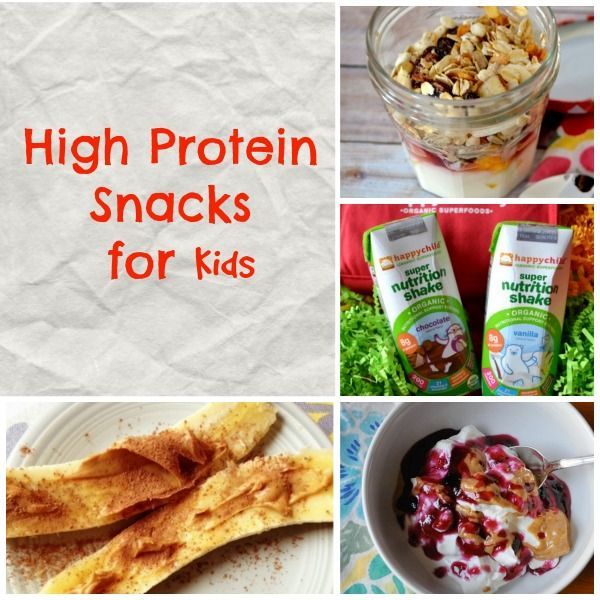 Let's talk about how to add protein to your stage 2 and 3 purees!
Let's talk about how to add protein to your stage 2 and 3 purees!
Print Recipe
Slow Cooker
Pressure Cooker
- 1 butternut squash, peeled, seeds removed and cubed
- 1.5 cups bone broth (more or less to achieve desired consistency)
- 1/4 lb wild caught salmon, skin removed
Prep butternut squash and salmon as noted.
Add all of the ingredients to your slow cooker or Instant Pot.
Set to cook for 4-6 hours on low in a Slow Cooker or for 20 minutes on Manual High Pressure in an Instant Pot. You can do a natural or quick release with the Instant Pot.
Once done, transfer to a high powered blender or food processor and puree to desired consistency.
Serve or store in the fridge for 3-4 days or in the freezer for up to 3-6 months.
12 Healthy Baby Food Recipes
d3signGetty Images
Parents are strapped for time and constantly running on steam, so it's easy to see why so many moms and dads rely on store-bought baby food to nourish their little ones; it certainly wins when it comes to convenience. But if you have the time, you may want to consider trying some homemade baby food recipes.
But if you have the time, you may want to consider trying some homemade baby food recipes.
Homemade baby food is the best way to provide your little one with the most nutritious, wholesome foods, says Stephanie Middleberg, MS, RD, CDN, dietitian author of The Big Book of Organic Baby Food. "It allows total control over what's in your baby's food, from the nutrition profile to the quality of ingredients," she says. Plus, jarred options sit on the shelves for awhile which diminishes the flavor quality.
Ready to start cooking? Here you'll find information on choosing the best ingredients for your baby, homemade baby food storage tips, plus, delicious stage 1 baby food recipes your little one is sure to love.
Getty Images
1 of 15
Choosing ingredients
When buying ingredients for homemade baby food recipes, it's best to stick with organic options. They're the healthiest for your baby because they're grown without hormones or synthetic pesticides, Middleberg explains.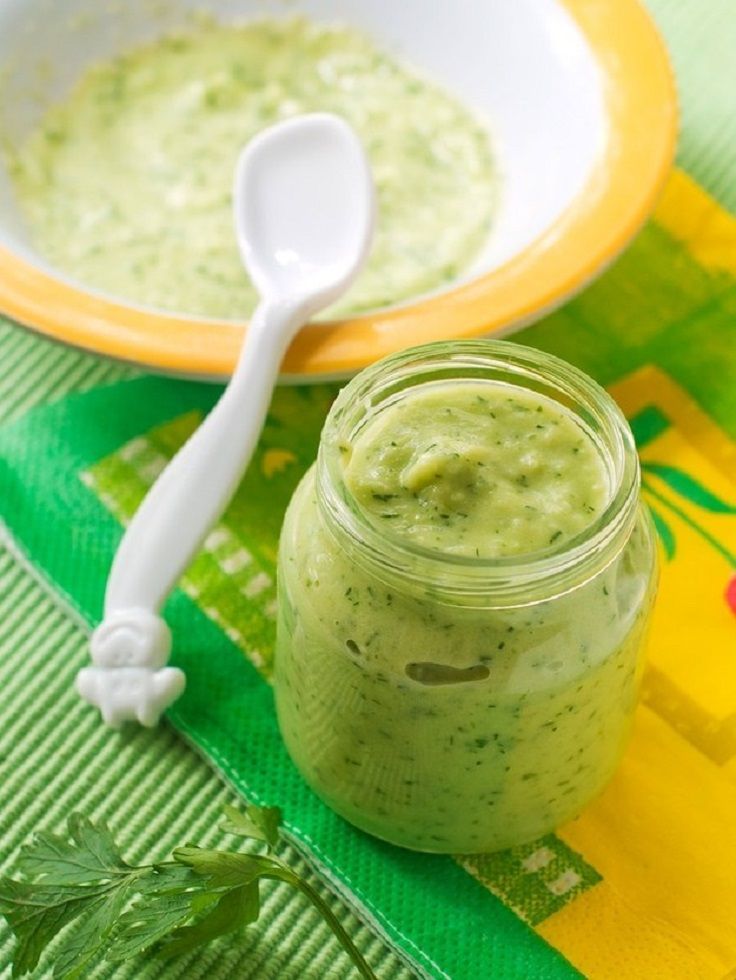 "Additionally, we now know that organic foods are higher in nutrients."
"Additionally, we now know that organic foods are higher in nutrients."
Amazon
2 of 15
Preparing and storing homemade baby food
Wouldn't it be nice if your baby could simply eat what you and your family enjoy? It would certainly save time in the kitchen.
To make prepping food for your mini-me a bit more manageable, Middleberg recommends cooking in large batches and storing leftovers in the freezer in silicone baby food storage trays, like the one pictured here (it's available on Amazon).
After freezing the baby food for 24 hours, pop the cubes into Ziploc bags or a glass storage container for longer-term storage—and don't forget label each container with the recipe name and date you made it. They should stay fresh for a few weeks so long as they remain frozen.
Getty Images
3 of 15
A note about food allergies
Before trying any of the following recipes, you'll want to introduce foods you plan to feed your baby as single-ingredient purées to test for allergies.
It may take up to 15 tries over several months before your baby accepts a new food and learns to like the flavor, according to the American Academy of Pediatrics.
My Humble Kitchen
4 of 15
Avocado, Strawberry, and Mango Smoothie
Avocados are one ingredient you'll find in homemade baby food recipes again and again, and they're an excellent option for introducing babies to solids. Not only do they provide healthy fats, vitamins, and minerals, they're also naturally creamy, which makes them perfect for purées. Strawberries and frozen mango also add antioxidants and make this "smoothie" cold and naturally sweet.
Get the recipe from My Humble Kitchen »
Little Mashies
5 of 15
Kiwi and Banana Baby Purée
All you need is one banana, two kiwis, and a bit of breast milk, water, or formula to create this simple, delicious purée. Rich in antioxidants like vitamins C and E and other nutrients like fiber and magnesium, kiwis are an excellent choice for baby food. Plus, bananas add an extra dose of potassium.
Plus, bananas add an extra dose of potassium.
Get the recipe from Little Mashies »
Baby Foode
6 of 15
Carrot, Corn, and Pumpkin Baby Purée
Give your little one their first taste of fall with this veggie-packed recipe, which can be whipped up in less than 10 minutes. It combines carrots, corn, and pumpkin to deliver a heavy dose of nutrients that improve eye health, nerve health, brain development, sleep, and more.
Get the recipe from Baby Foode »
Baby Foode
7 of 15
Peach and Cauliflower Baby Purée
This sweet-and-creamy purée includes a pinch of grated ginger, which helps soothe upset tummies and eliminate gas. The recipe developer behind this dish also selected cauliflower and peaches for their long list of nutrients like fiber and vitamins A, C, E, and K. Aside from adding natural sweetness, peaches help maintain a healthy immune system, and cauliflower promotes healthy liver function.
Get the recipe from Baby Foode »
Food Recipe Search
8 of 15
Banana, Blueberry, and Avocado Baby Purée
You only need 5 free minutes to make this delicious meal for your baby. Using 200 grams (a little over two cups) of blueberries, banana, avocado, and lime juice, you can blend up this delicious mixture and refrigerate in an air-tight container for up to three days. You can't go wrong with these heart-healthy, nutrient-rich ingredients.
Using 200 grams (a little over two cups) of blueberries, banana, avocado, and lime juice, you can blend up this delicious mixture and refrigerate in an air-tight container for up to three days. You can't go wrong with these heart-healthy, nutrient-rich ingredients.
Get the recipe from Food Recipe Search »
Annabel Karmel
9 of 15
Chicken with Carrots and Apple Purée
Chicken and other poultry can usually be introduced to babies around 6 months of age, according to Middleberg. "That's the age when babies' iron starts to deplete, so I recommend getting it from the most absorbable form: meat and poultry," she says. Plus, they deliver an excellent dose of protein to help your little one's body grow. Combined with nutrient-dense fruit and veggies, this meal will keep your baby both happy and healthy.
Get the recipe from Annabel Karmel »
Buona Pappa
10 of 15
Green Beans, Chicken, and Avocado Baby Purée
No, this isn't guacamole—it's a combination of avocado, green beans, and chicken that will nourish your little one.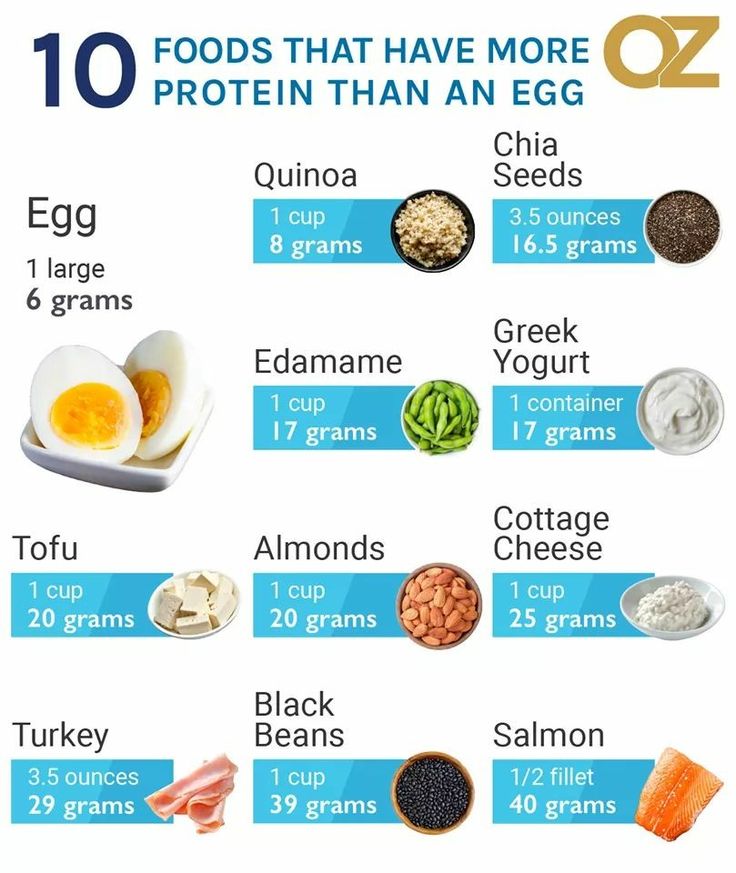 Omega-3 fatty acids, folate, protein, calcium, and vitamin A are just a few of the nutrients you'll find here.
Omega-3 fatty acids, folate, protein, calcium, and vitamin A are just a few of the nutrients you'll find here.
Get the recipe from Buona Nappa »
Hanky's Happy Home
11 of 15
Chicken Noodle Soup Purée
Tandy of Hanky's Happy Home developed this creative play on chicken noodle soup—the ultimate comfort food—when her baby got his first stuffy nose. (Aw!)
You can make this recipe as either a purée or soup, depending on your baby's feeding stage. Chopped-up chicken, vegetables, and broth combine to make this meal both nutritious and yummy.
Get the recipe from Hanky's Happy Home »
Weelicious
12 of 15
Broccoli, Potato and Cheese Puree
Broccoli and cheese is a heavenly combination adults love, so it makes sense that baby would enjoy it, too! The green superfood provides a whole host of vitamins and minerals like vitamin C, iron, and folate. The mild cheddar serves up a bit of protein and fat, while the potatoes offer a healthy dose of fiber and potassium, a nutrient that aids nerve-muscle communication.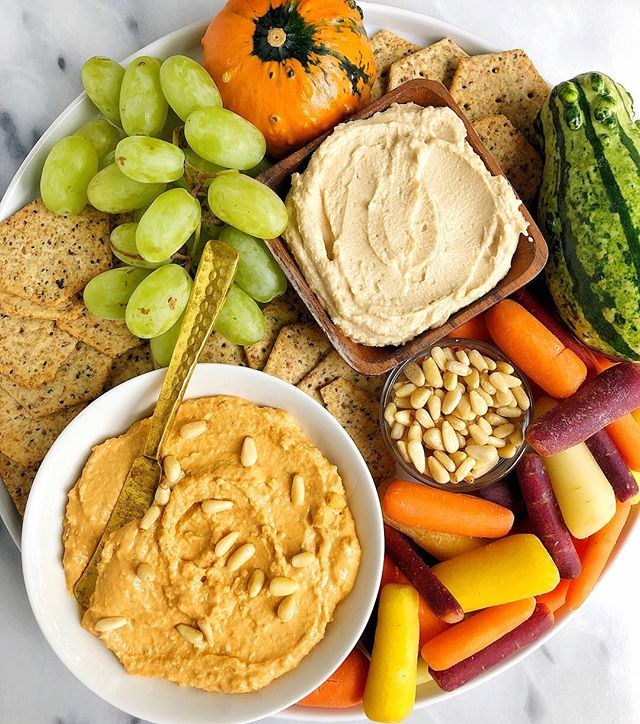
Get the recipe from Weelicious »
Baby Center
13 of 15
Pineapple, Pear, and Avocado Puree
Doesn't this bright yellow color remind you of summer? This tropical combo goes down just like applesauce, and your baby will love it just as much. Pears are a fabulous fiber source and will help bolster your child's immune system. Plus, the combo of flavors is actually super tasty! We bet you won't be able to resist licking the bowl after you make a batch.
Get the recipe from Baby Center »
One Handed Cooks
14 of 15
Lentil & Red Veggie Puree
This savory mixture pulls together five wholesome ingredients: leeks, bell peppers, tomatoes, lentils, and sweet potato. Not only is the combo delicious, lentils—the star ingredient—are a great source of protein and fiber.
Get the recipe from One Handed Cooks »
Baby Bullet Blog
15 of 15
Apple, Banana, and Butternut Squash Puree
While apple and banana are both sweet, familiar flavors for baby, this bloggers sneaks in a powerhouse vegetable: butternut squash.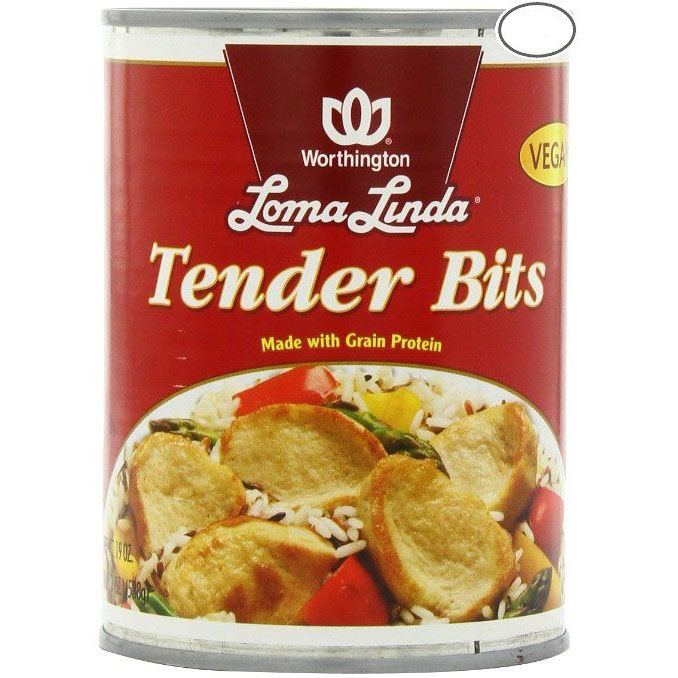 The winter veggie is an excellent choice if you want to incorporate more vitamin A into your baby's diet, and it's also packed with fiber, potassium, and magnesium.
The winter veggie is an excellent choice if you want to incorporate more vitamin A into your baby's diet, and it's also packed with fiber, potassium, and magnesium.
Get the recipe from Baby Bullet Blog »
How to make a protein shake at home: 7 recipes
6
Protein shakes are the most popular range of sports nutrition for athletes. To prepare it, you need to buy special protein powders, which can be found in dozens of online sports nutrition stores. No money for such a purchase? No problem - anyone can make such a cocktail. By actually reading this article, you will learn how you can make a protein shake at home, using ordinary products.
Recipe №1
Take 1 raw chicken egg, 1 spoon of honey, 1 tablespoon of grated walnut. All these ingredients are placed in a glass, pour 150-200g. kefir and mix thoroughly. The resulting protein shake should be drunk in small sips.
Recipe №2
Take 1 glass of milk (juice), add 2 teaspoons with crystallized amino acids, some strawberries.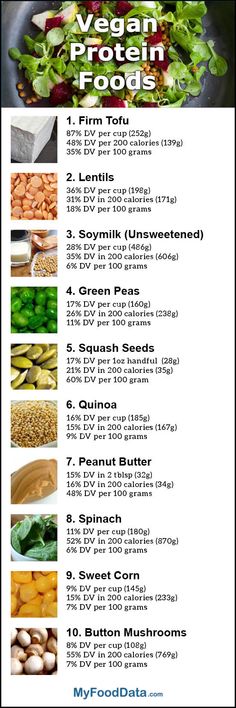 All this is mixed with a blender.
All this is mixed with a blender.
Recipe #3
First, take a carrot and an apple and grate them on a fine mesh grater. Then add to them one spoonful of honey and grated nuts. Take 1 glass of grape juice and pour all this mixture. Your homemade cocktail is ready! Please note that this type of cocktail should be taken in between the main meals.
Recipe №4
To prepare this cocktail, you will need 50g. mayonnaise, 100g. dried mushrooms, 100g. potatoes, 1 raw egg, 50g. melted cheese. Cheese, potatoes and mushrooms need to be finely chopped and mixed. After that, add a raw egg here, pour mayonnaise and mix everything thoroughly again.
This shake should be taken 30-45 minutes before the gym and without eating for 5 hours.
Recipe #5
Delicious protein shakes are made from the following ingredients: 100g. apple juice, 2 finely grated Jerusalem artichoke tubers, 1 tablespoon of brewer's yeast, 2 finely grated walnuts.
Recipe №6
Take 120g.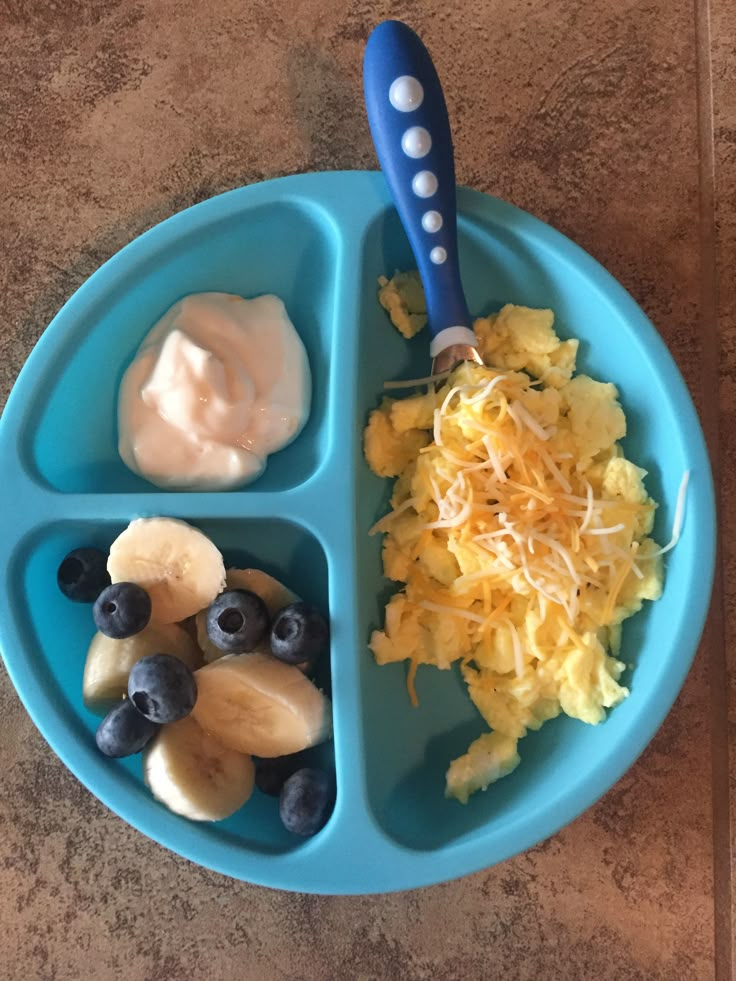 sour cream, 60g. sunflower oil, 100 ml. orange juice, 1 egg yolk, half a lemon, 25g. cherry confiture. Squeeze the juice from the lemon (using a blender) and add the rest of the above ingredients there. Whip all this for 2 minutes until a homogeneous mass is formed.
sour cream, 60g. sunflower oil, 100 ml. orange juice, 1 egg yolk, half a lemon, 25g. cherry confiture. Squeeze the juice from the lemon (using a blender) and add the rest of the above ingredients there. Whip all this for 2 minutes until a homogeneous mass is formed.
Video tutorial on how to make a cocktail:
All of the above shakes can be made even richer in terms of health by adding other foods that contain proteins to them. If the resulting mass seems tasteless to you, you can add sugar (or its substitute), syrup, fruits, etc. to it.
Most protein shakes should be taken 1 hour before and 1 hour after training. In no case do not replace ordinary food with cocktails - this is unhealthy. Eat according to the regimen, eat only wholesome natural food and supplement it with a delicious protein drink :).
If you have your own cocktail recipes that you can make at home, write them below in the comments.
...
What can you make with protein powder?
Protein is rightfully considered one of the most popular sports nutrition formats. It occurs in a wide variety of formations, and the powder of them is especially widespread. Protein shakes provide the athlete's body with the necessary proteins and, as a result, amino acids, so that the recovery process after training is most effective. The process of preparing protein shakes is not difficult for anyone. However, the most sophisticated gourmets went further and began to prepare various dishes based on protein powder, significantly diversifying their diet and making it not only healthy, but also very tasty. About what else can be prepared from proteins, we will talk further in more detail.
It occurs in a wide variety of formations, and the powder of them is especially widespread. Protein shakes provide the athlete's body with the necessary proteins and, as a result, amino acids, so that the recovery process after training is most effective. The process of preparing protein shakes is not difficult for anyone. However, the most sophisticated gourmets went further and began to prepare various dishes based on protein powder, significantly diversifying their diet and making it not only healthy, but also very tasty. About what else can be prepared from proteins, we will talk further in more detail.
Flour is no longer in fashion! Use protein
One of the most common food options that can be made using sports nutrition is baking. These are no longer the rolls that are sold in bakeries or grocery stores. This is a really tasty and healthy nutrition that is still effective in increasing the effectiveness of the training process. Cookies, muffins or muffins made instead of classic flour on pure protein are a powerful protein bomb that satisfies hunger well, allows you to get a delicious dessert without harmful additives and, at the same time, does not carry extra calories, which is especially important for those who sit on a diet and very closely monitors the energy value of his diet.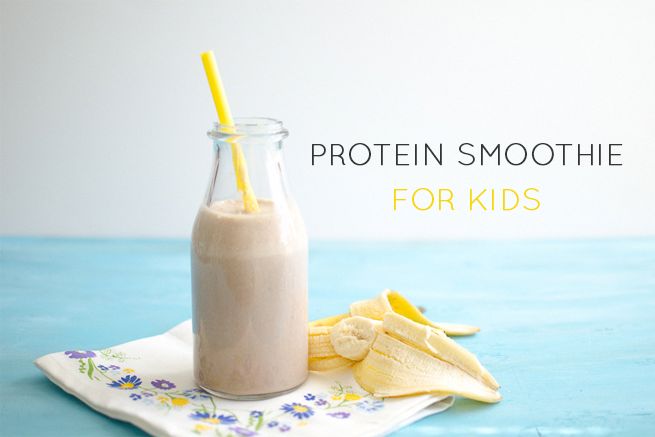
In addition to baking, protein powder is often used in the manufacture of energy bars and other products in the preparation of which flour is used. So, some housewives got the hang of making full-fledged cakes using protein mixtures instead of wheat flour.
Let's highlight the most significant points:
· Protein powder can be used for more than just smoothies;
· Protein can be used as an alternative to flour in baking;
Protein bars will be a healthy and nutritious dessert for athletes who watch their diet.
Protein Powder Recipes
Blueberry Protein Muffins
One of the most common options for dishes using protein mixtures can safely be called muffins, in which protein powder is used instead of flour. For a standard portion of dough for making tasty and healthy pastries, you will need 200 grams of cottage cheese, oatmeal and bran in the amount of 100 and 30 grams, respectively, three chicken eggs, cinnamon and a sugar substitute in tablets to your own taste.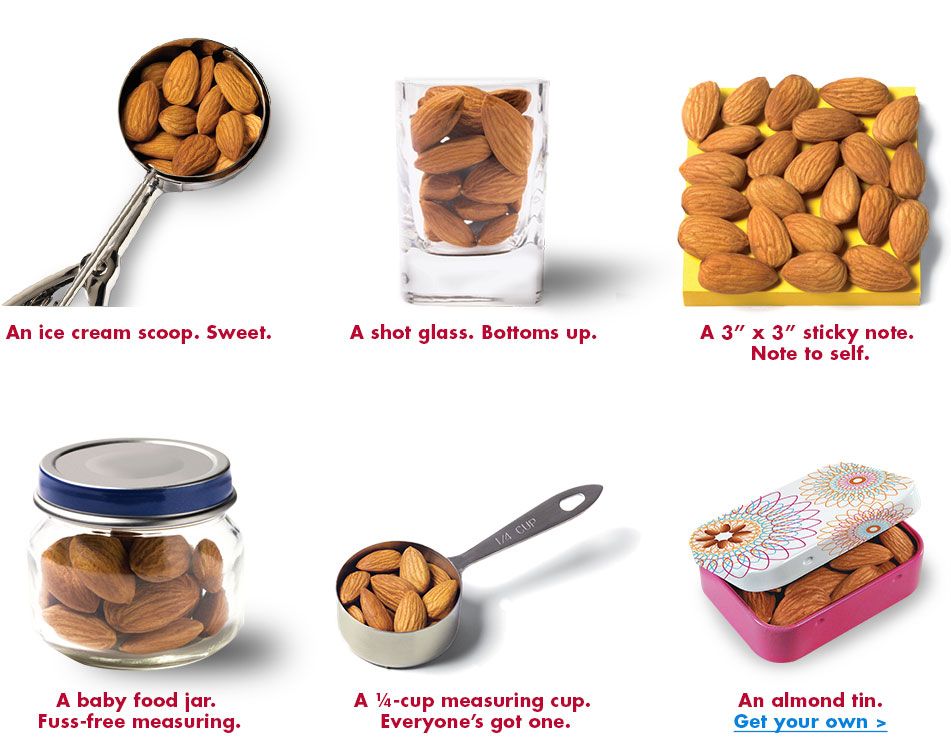 Also, depending on taste preferences, you can add blueberries or other berries to the composition.
Also, depending on taste preferences, you can add blueberries or other berries to the composition.
The very principle of preparing the dough is not much different from the classic version. The finished dough is baked in molds in the oven for twenty minutes. For the most nutritious effect, you can add a banana to the composition instead of berries.
Oatmeal pancakes
Baking with protein is very popular due to its low calorie content. This trend has not bypassed such a dish as pancakes. The standard version has a delicate texture, but carries a huge amount of calories. The use of protein powder as a substitute for flour can significantly reduce this figure, while leaving a lot of nutrients.
The composition includes only three ingredients: egg white from three eggs, three tablespoons of oatmeal and, directly, the protein itself in the amount of 30 grams. This amount of ingredients is enough to make one pancake. For a larger number, each of the points is multiplied proportionally.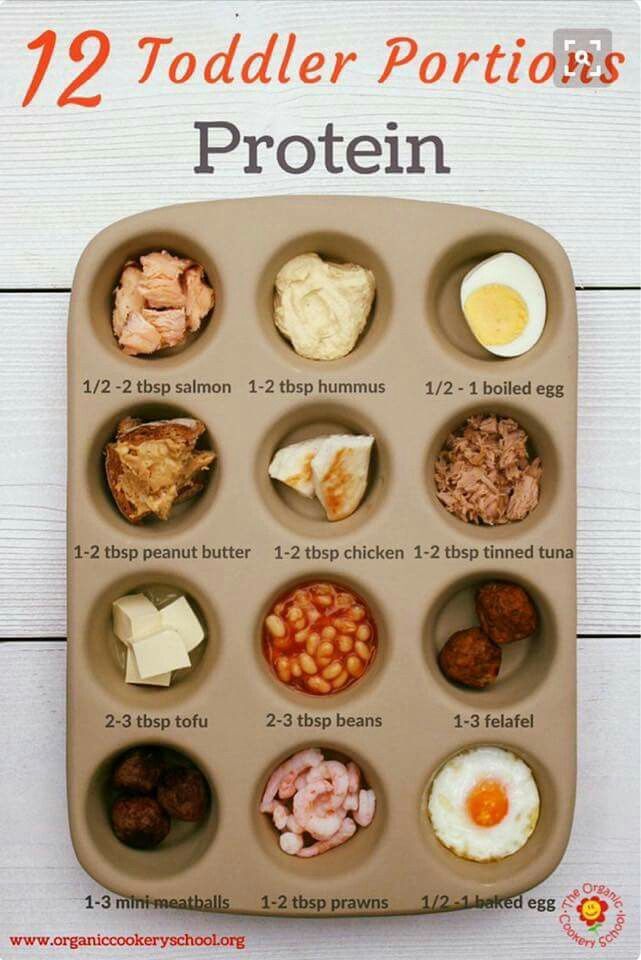 It is important to achieve the same dough consistency as classic pancakes. The frying time is also practically the same, which will make it easy to achieve the desired result if you have experience in preparing the original dish.
It is important to achieve the same dough consistency as classic pancakes. The frying time is also practically the same, which will make it easy to achieve the desired result if you have experience in preparing the original dish.
Protein bars
In grocery stores, you can increasingly find energy bars that are made from cereals, dried fruits with the addition of a protein mixture. However, you can make such a nutritious dish on your own, which will allow you to achieve the most pleasant taste sensations.
For cooking in the standard version, you will need nuts such as peanuts, almonds and hazelnuts, 85 grams each, a banana, 100 grams of raisins, 250 milliliters of milk, 330 grams of honey and 30 grams of protein powder. All components are crushed to a relatively homogeneous slurry, after which they are formed on cling film and sent to the freezer for two hours.
A big advantage of making these nutritious foods yourself is that you can choose your own ingredients, which gives you the freedom to customize the flavors of your choice.

